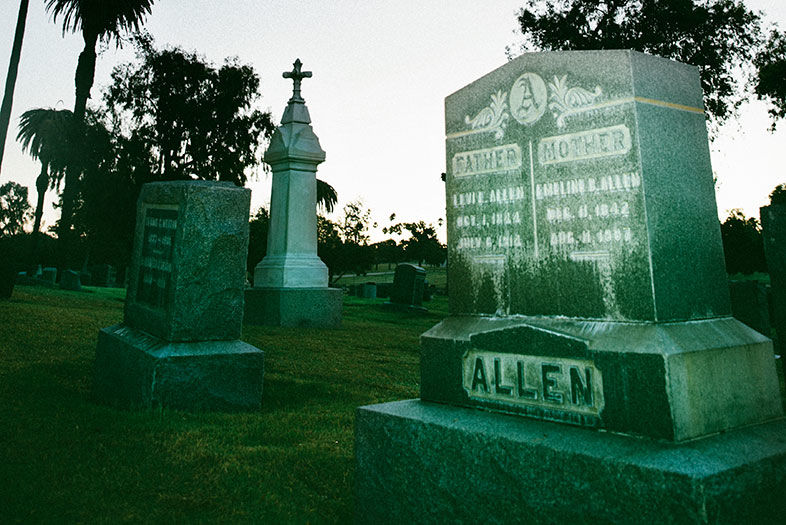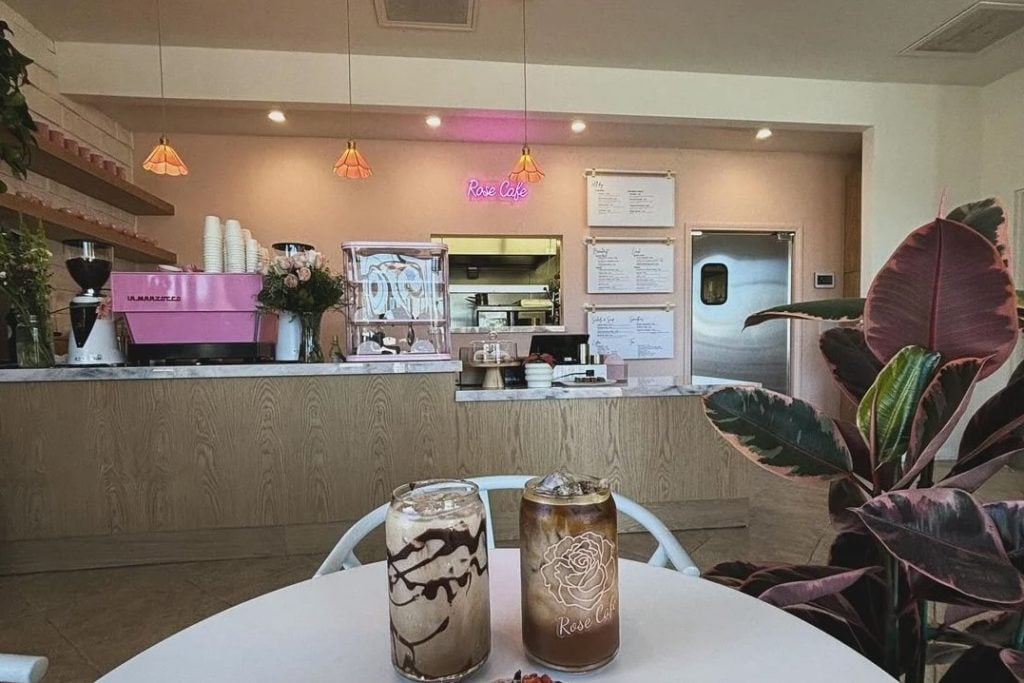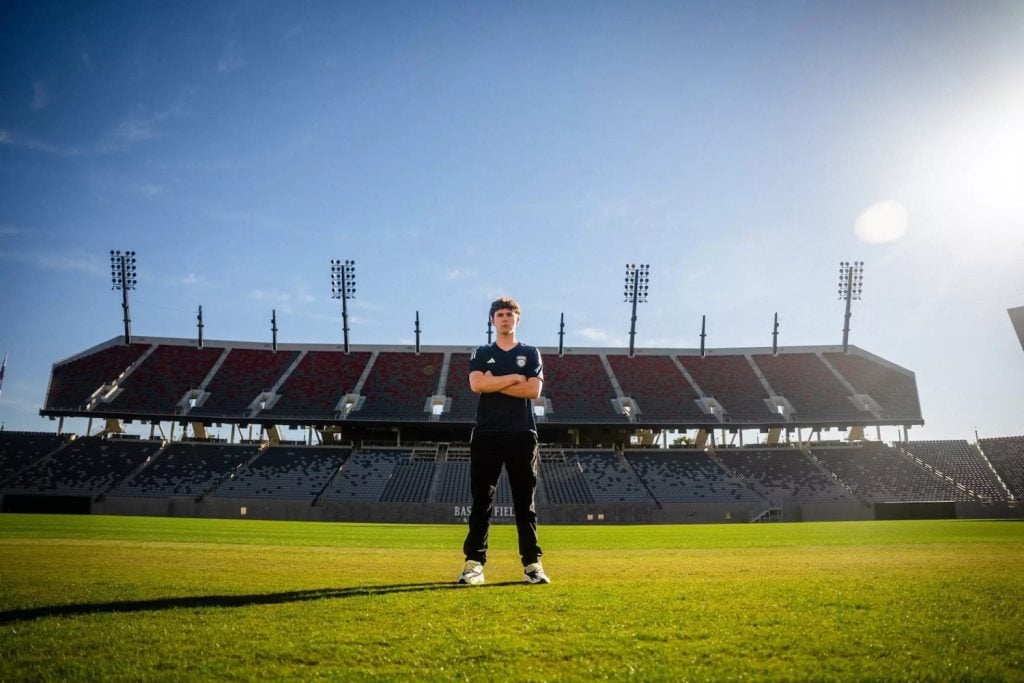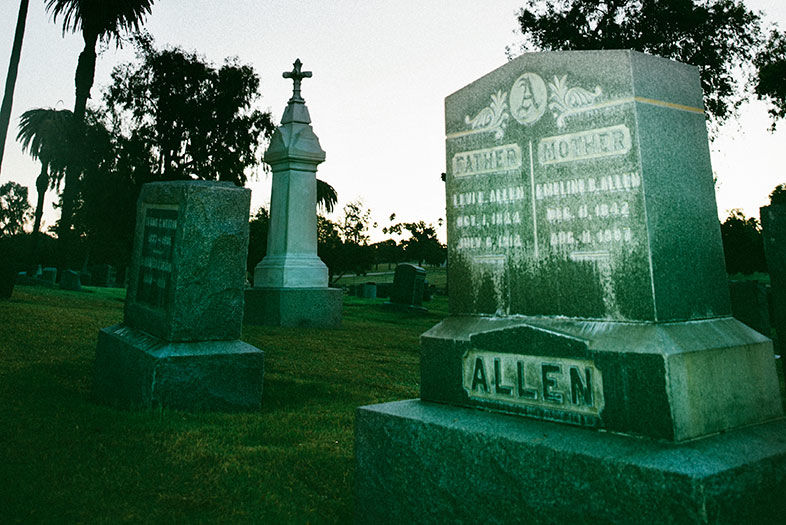Horton’s Bright Idea
When the city’s earliest burial sites near Old Town (El Campo Santo and Presidio Park) reached capacity or became unfit, it was none other than the father of modern San Diego, Alonzo Horton, who pointed to a solution in a vacant 115 acres southeast of the neighborhood. Mount Hope Cemetery is believed to be named for its rolling hills and distant bay views, and Mount Hope neighborhood to the north is named for it. Since the first burial in 1869, the property has expanded to 169 acres, and more than 77,000 people have been interred here.
Now and Then
In the beginning, plots ran from $5 to $25, depending on their size and location. Today, they cost around $500 for cremation burials and over $2,000 for lots, plus handling fees. What’s also changed over the years is the headstone fashions. About half today are flat and the other half upright—and those upright ones get taller year after year, according to cemetery staff. Still, Horton’s remains the tallest monument.
Famous Names
Mount Hope’s the resting place for several famous San Diegans. In addition to Horton, horticulturist Kate Sessions, author Raymond Chandler, Balboa Park developer George Marston, R&B artist Ervin “Big Boy” Groves, and California Governor Robert Waterman all lie here. And to put to rest any urban legends: No, Mount Hope has had no hauntings or ghost sightings. Its closest brush with the paranormal might be that Kate Morgan is buried here—she’s the alleged ghost of Hotel del Coronado. Today, 127 years after her death, people still leave flowers on her tombstone.
Lay of the Land
Like most parts of the US at the time, the cemetery was segregated by race in its early years. There were also places reserved for Masons, Odd Fellows, veterans, and the poor—in an area named “Potter’s Field” (which accidentally received a few millionaires, too). Until the Communist takeover of China in 1949, the remains of Chinese people buried at Mount Hope were sent to their homeland every 10–15 years.
In Perpetuity
Mount Hope is just one of the city-owned perpetual-care cemeteries in San Diego, meaning the Park and Recreation Department maintains the grounds. That entails mowing four days a week, trimming grass around the headstones and monuments, and watering the lawn three days a week, on top of preparing plots for burial. The city’s responsibility stops at the maintenance of monuments, memorial markers, and floral receptacles, all of which are the sole responsibility of the plot owners. And while interments have ebbed and flowed over the years (fiscal year 1998 saw the most burials with 593, and 2013 had the least with just 223), officials estimate the cemetery won’t hit capacity for another 100 years, when Mount Hope will at last serve only as a place to visit those laid to rest.

Inside the Icon: Mount Hope Cemetery
















